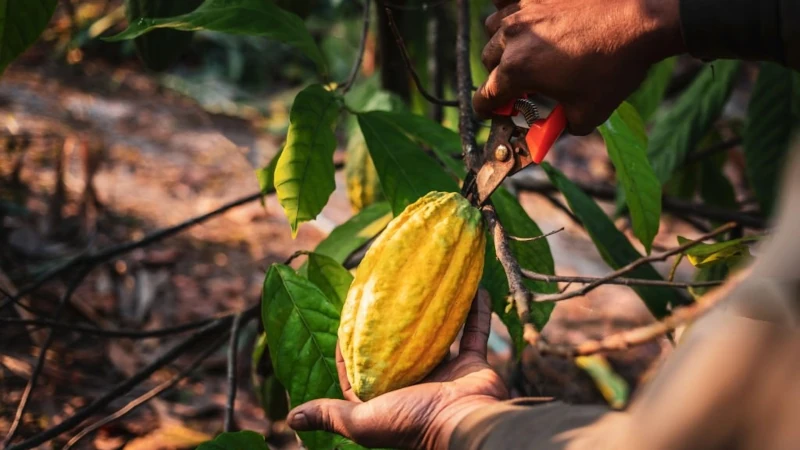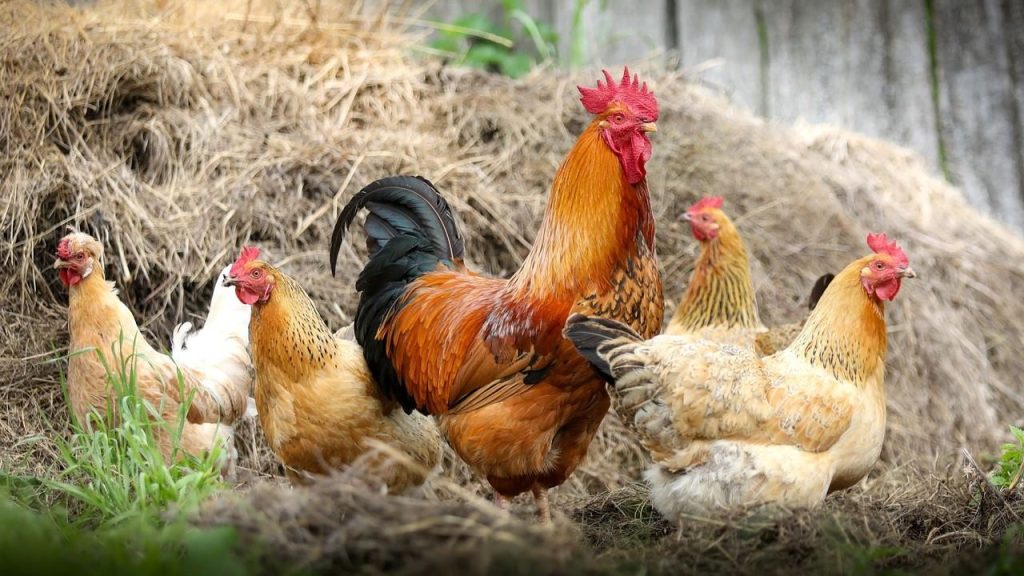With more than 450,000 tons less in global supply and prices above $8,000 per ton, the industry faces opportunities and risks that are testing the entire value chain.
The international cocoa price reached historic levels during the first half of 2025, exceeding $8,200 per ton on the New York and London Stock Exchanges, according to data from Trading Economics. This rebound is due to a drastic contraction in global supply: in the 2023/24 season alone, production fell by more than 450,000 tons, according to the International Cocoa Organization (ICCO), marking one of the most severe reductions in recent decades.
The question running through the entire supply chain today is straightforward: is the price of cocoa a blessing for the producer or a curse for the market?
This will be the central focus of the presentation by Judy Ganes, a renowned soft commodities analyst and expert in the coffee, cocoa, sugar, cotton, and orange juice markets. She will be present at the Cumbre del Cacao 2025, on August 6 and 7 at the Guayaquil Convention Center.
For cocoa producers, rising prices represent a real opportunity to pay off debts and invest in their farms, but only if they act quickly. “It’s an opportunity to pay off debts and reinvest in farms to improve future yields and income, even if prices fall—and they eventually will,” says Ganes.
According to the ICCO’s March 2025 Cocoa Market Report, improved rainfall in the West African region—where more than 70% of the world’s cocoa is produced—“could ease supply pressures,” potentially leading to a stabilization or slight downward correction in prices over the next 6 to 12 months.
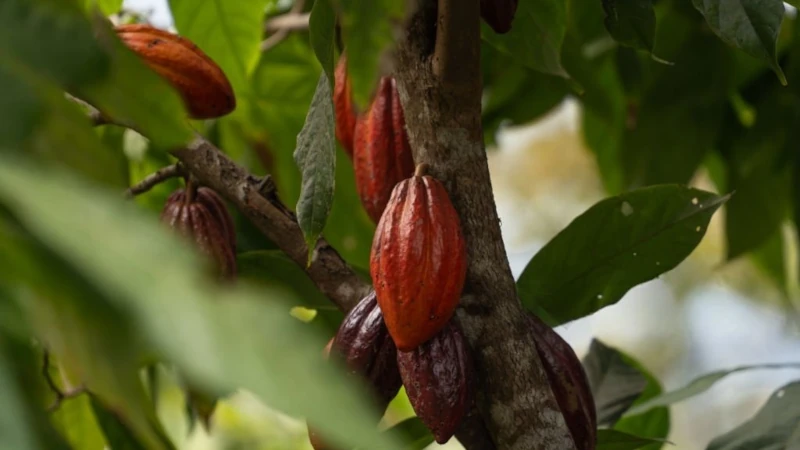
Not everyone wins equally
Despite the global increase, not all the value is transferred to the producer. In countries with free markets like Ecuador and Peru, producers can receive up to 80% of the international value, according to reports from the Financial Times. But in centralized markets, like Ghana and the Ivory Coast, the proportion decreases as the price rises, reducing the percentage that actually reaches the farmer.
“The higher the international price, the smaller the percentage share of the producer, even if the amount received increases in absolute terms,” notes Judy Ganes. Furthermore, many face higher logistics and operating costs, which offsets some of the benefit.
And the chocolate industry?
Far from celebrating, many manufacturers are under pressure. Major brands like Mondelēz and Hershey’s have reported severe increases in production costs and inventory reductions. According to Bloomberg and the Financial Time, physical cocoa stocks have fallen to their lowest levels in more than 45 years, with just 21,000 tons stored in London and less than 90,000 in New York.
The most affected are medium-sized companies, which lack the negotiating power to set prices or absorb price increases. “They are the ones who face the greatest risk in terms of operational and market sustainability,” warns Ganes.
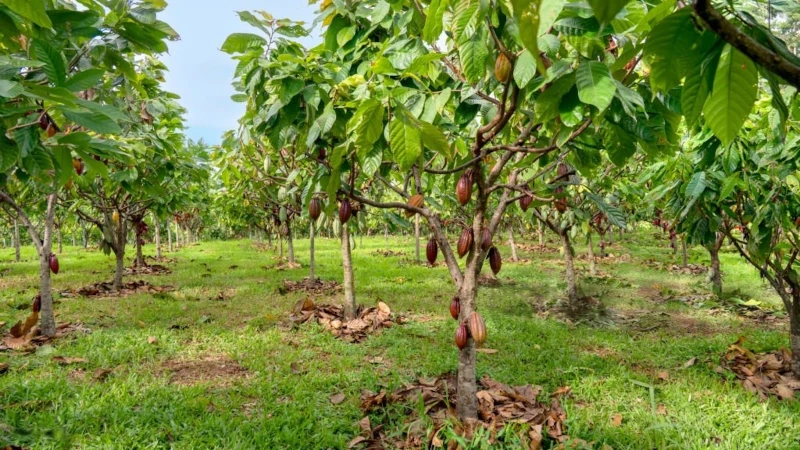
How does it compare to other commodities?
Over the past year, cocoa has been one of the most volatile products. Unlike raw materials such as coffee or sugar, financial speculation in cocoa has significantly decreased, according to ICCO, which has amplified price sensitivity to physical factors such as weather, disease, and harvest dynamics.
Ganes does not rule out that rising prices could have collateral effects on the sustainability of the cocoa value chain. But she also believes that this situation is a strategic opportunity to rethink business models, improve relationships between buyers and producers, and review traceability and cost systems.
“Clearly, high prices affect manufacturers’ margins, but those who manage to transform this crisis into an opportunity to strengthen relationships with suppliers and improve their efficiency will come out ahead in the long run,” she concludes.
About Judy Ganes
A leading global analyst on soft commodities, she has been quoted by media outlets such as The Wall Street Journal, CNBC, Barron’s, and Bloomberg. She advises companies and investment funds and has been an expert witness in commodity lawsuits. She is a speaker, educator, and consultant specializing in the analysis of the economic and logistical impact of agricultural prices on global supply chains.
